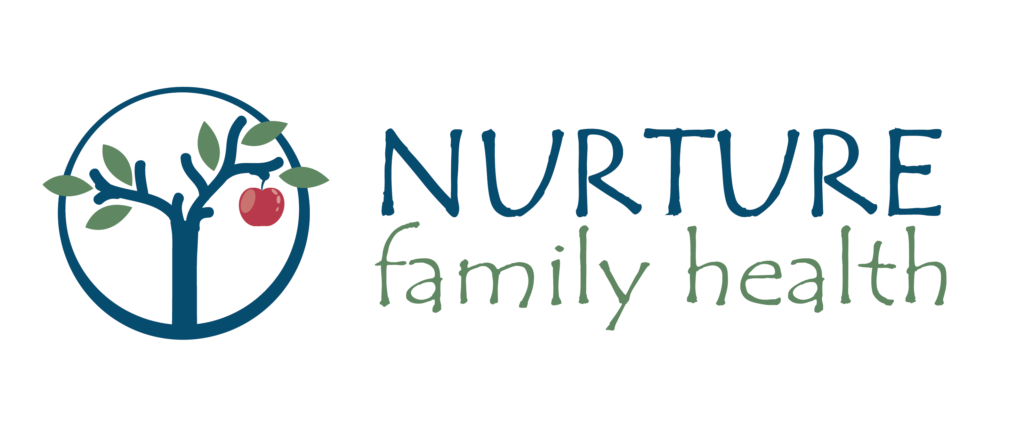The tongue is the most visible internal organ of the body. The topmost layer of cells is constantly growing and replacing old tissue with new every 2-3 days. Since the growth is so fast, the cells metabolism must also be high, so any malnutrition or ailment in the body can be quickly seen in the tongue. The tongue also contains a lot of blood vessels and thus reflects the condition of the blood in the body.
In a healthy individual the tongue should be solid, fleshy, and pink in color. If it is pale or white, then there is poor circulation or you may be anemic. On the other hand, if the tongue is dark red or purple it may be an indication of circulation blockages possibly due to heart problems.
You can also examine the location of ridges, spots, or bumps on your tongue. The location can pinpoint which organ may be congested or not functioning properly. The tip of the tongue is the heart area and the front sides show lung related problems. The center of the tongue is associated with the gastrointestinal tract or spleen. The back sides of the tongue relate to the liver and gallbladder. At the root of the tongue are the areas of the kidney, bladder, and sex organs.
Finally, the tongue should have a thin whitish layer of coating that spreads over the entire surface and thins out towards the tip. Lack of coating could indicate a problem with the kidneys or liver. A thick coating all over the tongue could signal respiratory problems. A yellow coating maybe digestive, while a dark brown/greenish coating may indicate it is a liver or gallbladder issue.


